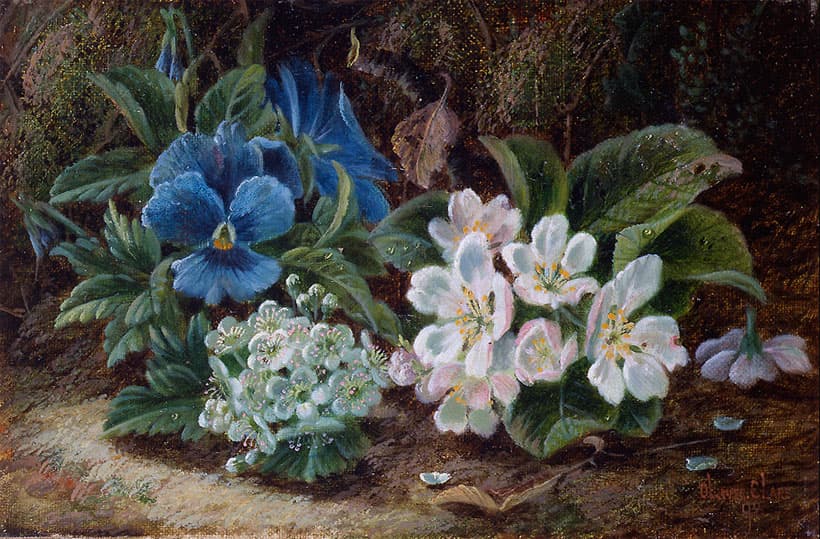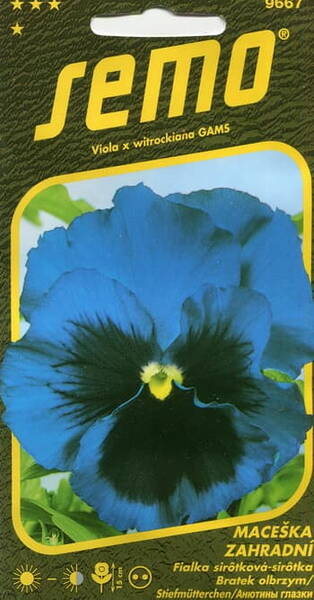Bright spots for any flower bed!
Summer-flowering group of garden violas.
The bushes are 15 cm tall and compact. The flowers are large (5-6 cm in diameter) and blue.
It blooms profusely and continuously from May to September.
It loves moisture, is cold-resistant, and grows well in sun and partial shade.
To obtain plants that bloom in the year of sowing, seeds are sown for seedlings in February-March. Seedlings emerge within 5-7 days. Seedlings are planted outdoors in late April-early May, spaced 20 cm apart. Plants tolerate transplanting well while still in bloom. When sown outdoors in June-July, flowering occurs in the second year.
They are used for planting in flowerbeds, borders, balcony boxes and garden vases.
Blooms from May to August.
They are used for flowerbeds and borders, and in flower gardens in groups.

Oliver Clare.
Agricultural technology.
This plant is characterized by vigorous growth, abundant flowering, and frost resistance. It prefers sunny locations (but also thrives in partial shade) and loose, fertile soil. Propagation is by sowing seeds in March in seedling trays. Lightly cover the seeds with soil. At a soil temperature of 18°C, seedlings emerge in 10-15 days. Seedlings are pricked out when they have the first or second pair of true leaves. In late May or early June, the seedlings are transplanted to their permanent locations, spacing them 15-20 cm apart.
Sowing: For abundant spring flowering, sow in June-July in seedbeds. Transplant to a permanent location in August-September.
For summer flowering, sow seedlings at several stages, starting in February. Place the seeds on the surface of a moistened, compacted substrate, lightly covering them with soil. Mist the seedlings with a spray bottle and cover with glass. Prick out the seedlings when they have one or two true leaves. Plant them outdoors in May-June, spacing them 10-15 cm apart.
Care: Grows best in loose, fertile, well-drained soil. Watering is very important, as plants do not bloom in dry soil. To prolong flowering, remove faded flowers. They respond negatively to fresh organic fertilizers.
Flowering: when grown from seedlings - from July until frost, when sowing seeds in open ground - the following year from early spring to late autumn.
The flowering period of the viola is prolonged by the timely removal of faded flowers, which delays the development of seed pods - otherwise, when the seeds ripen, the plant stops flowering, and then the Pansy quickly dies (standing as a dry, lifeless bush).












